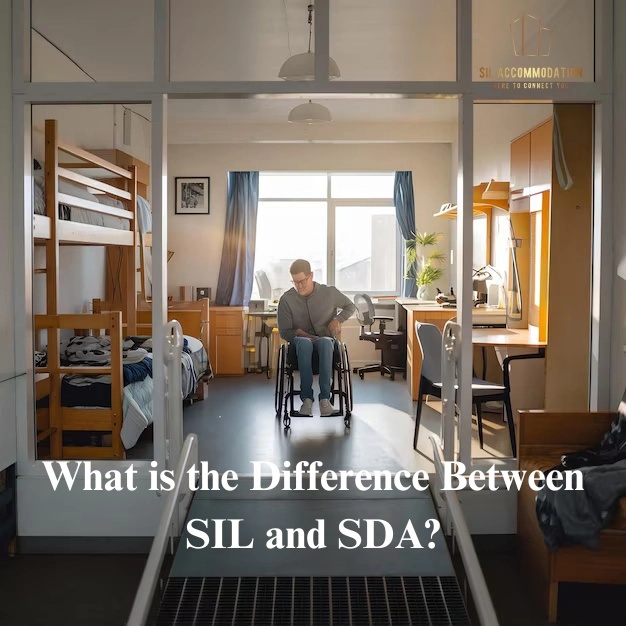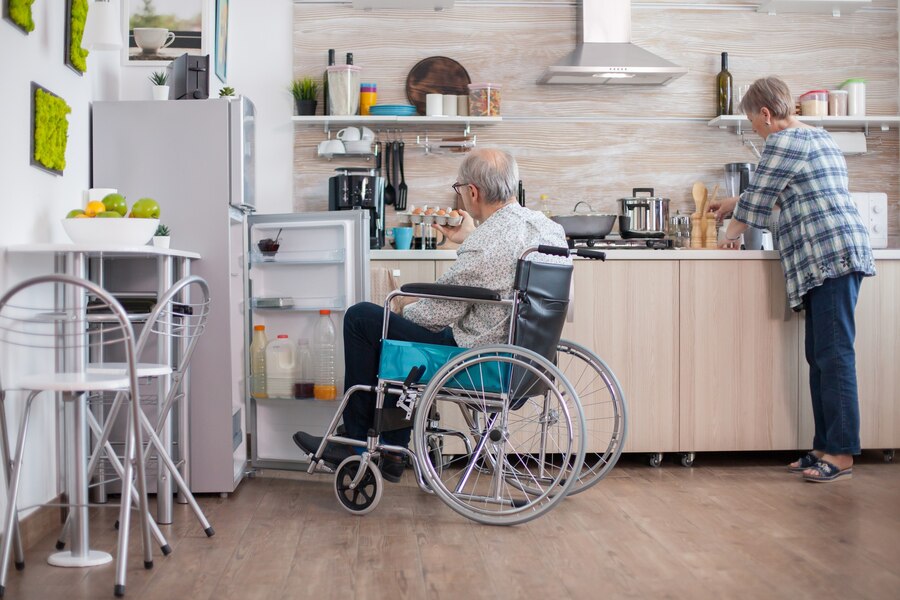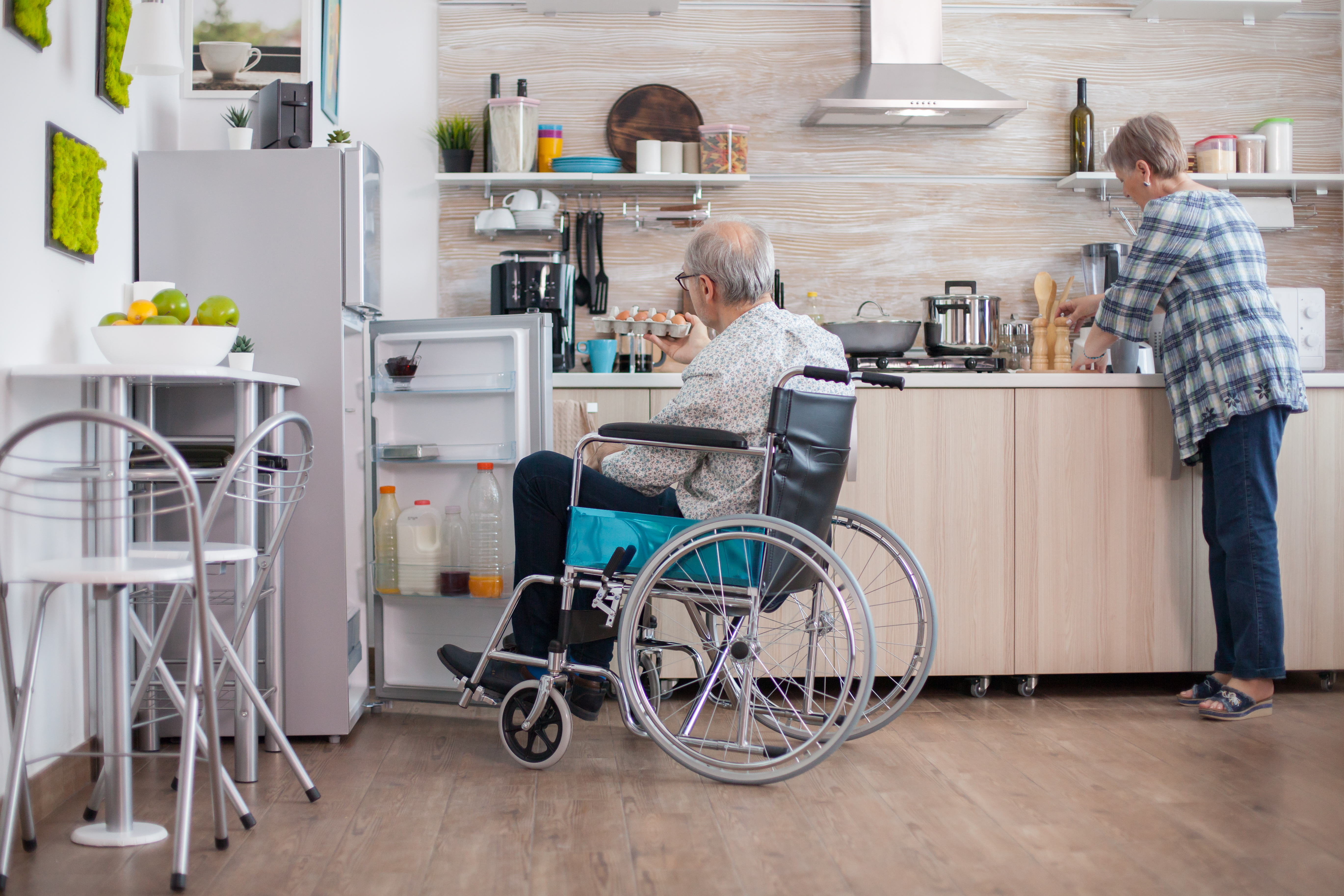
What is the Difference Between SIL and SDA?
In the factors of the National Disability Insurance Scheme
(NDIS), two key terms frequently discussed are SIL (Supported Independent
Living) and SDA (Specialist Disability Accommodation).
While both aim to support individuals with disabilities,
they serve different purposes within the NDIS framework. Understanding their
differences is crucial for participants, caregivers, and service providers.
SIL Vs SDA: What is It?
Before going to the difference between SIL and SDA, you
should understand what SIL and SDA are.
1. What is SIL?
SIL, or Supported Independent Living, is the support
services provided to individuals with disabilities to help them live as
independently as possible. These supports are tailored to each person’s needs
and can include help with daily tasks such as cooking, cleaning, and personal
care.
SIL funding covers the cost of support workers but does not
include housing costs. It is designed for people who require 24/7 support or
significant assistance to live in shared or individual living arrangements. SIL
is commonly used by individuals who need ongoing support but do not necessarily
require specialized housing.
2. What is SDA?
SDA, or Specialist Disability Accommodation, refers to the
physical housing designed for individuals with extreme functional impairments
or high support needs. SDA homes are built with specialist features to enhance
accessibility and safety, such as wider doorways, hoists, or assistive
technology.
SDA funding helps cover the cost of these modified
dwellings, but it does not fund daily living supports as SIL does.
Participants receiving SDA funding typically also need SIL or other support
services to assist with daily activities.
Difference Between SDA and SIL
- Focus Area: SIL funds support services, whereas SDA funds
specialized housing.
- Inclusion in NDIS Plans: SIL is for ongoing daily
assistance, while SDA is for specific housing needs.
- Cost Coverage: SIL does not cover housing costs, but SDA
does.
Target Participants: SIL is for people needing high levels
of daily support, whereas SDA is for those requiring specialized, accessible
housing.
Final Words
Both SIL and SDA play essential roles in the NDIS but serve
different purposes. SIL provides necessary daily support, while SDA ensures
appropriate living arrangements for those with high needs.
Many NDIS participants may require both SIL and SDA funding to achieve their independent living goals. Understanding these differences helps make informed decisions about the best support options available. On this note, you can contact SIL Accommodation, SDA, and SIL providers in Australia. We are here as your trusted partner.





.png)